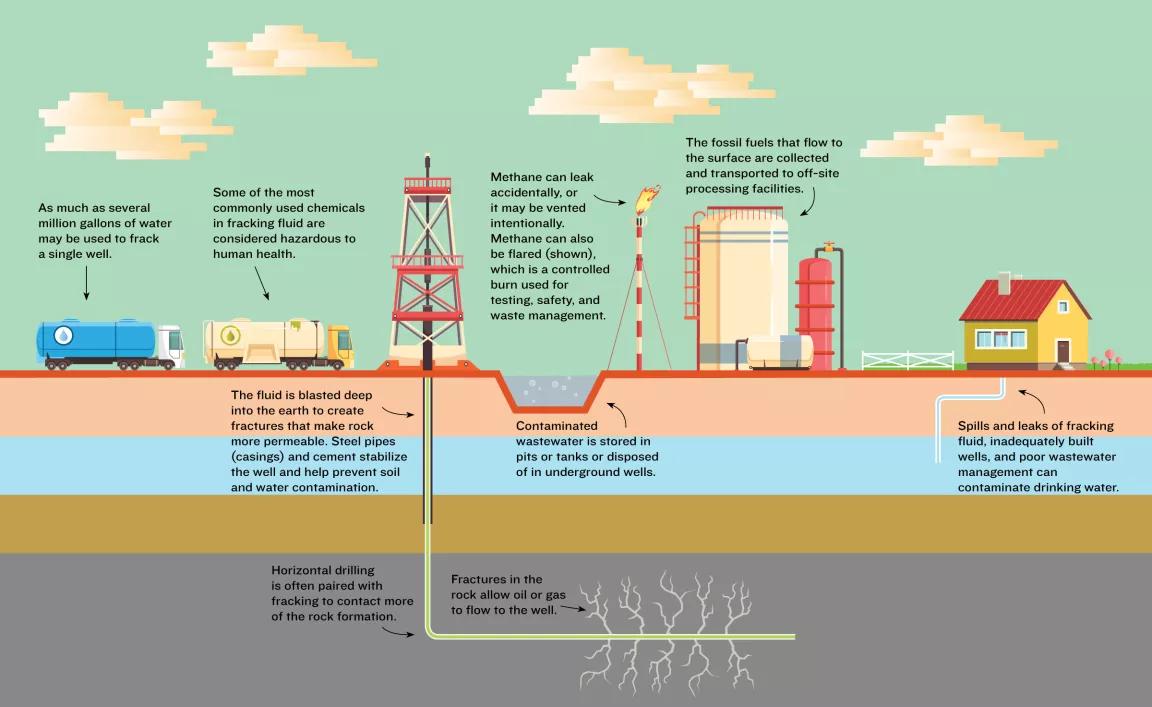“Fracking” (also known as hydraulic fracturing) is a process used to extract natural gas and oil from shale rock formations. The process involves drilling a well into the shale, then injecting a high-pressure mixture of water, sand, and chemicals into the rock to fracture it. This allows the gas and oil to flow out of the rock and into the well.
Fracking has been used commercially since the 1950s, but it has only become widely used in recent years due to advances in technology. There are currently more than 15,000 fracking wells in operation in the United States alone.
The use of fracking has come under scrutiny in recent years due to its potential environmental impacts. Fracking can pollute air and water supplies with toxic chemicals, and it can also cause seismic activity. As a result, many countries have placed bans or moratoriums on fracking. Nevertheless, the practice continues to grow in popularity due to its efficiency and low cost.


